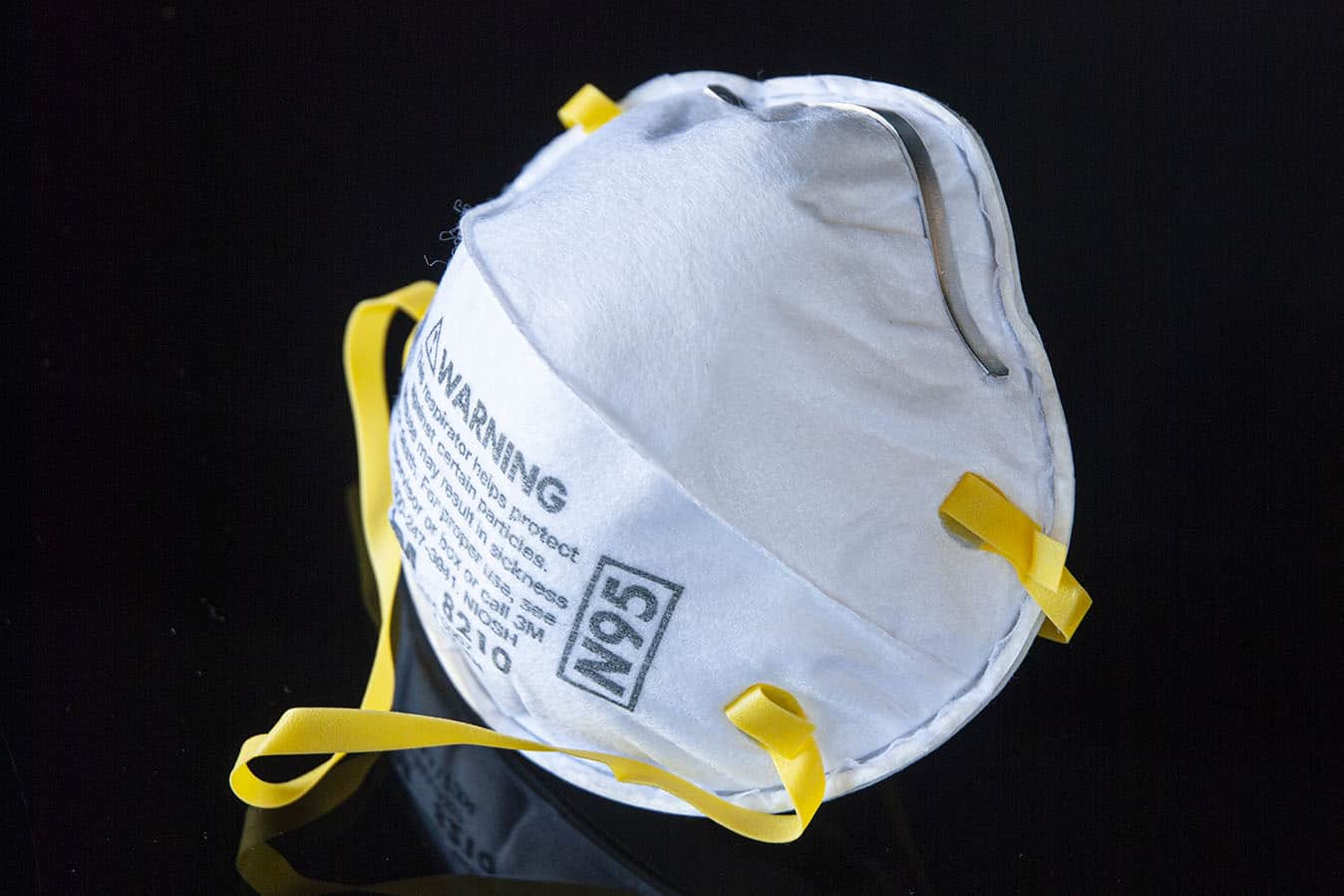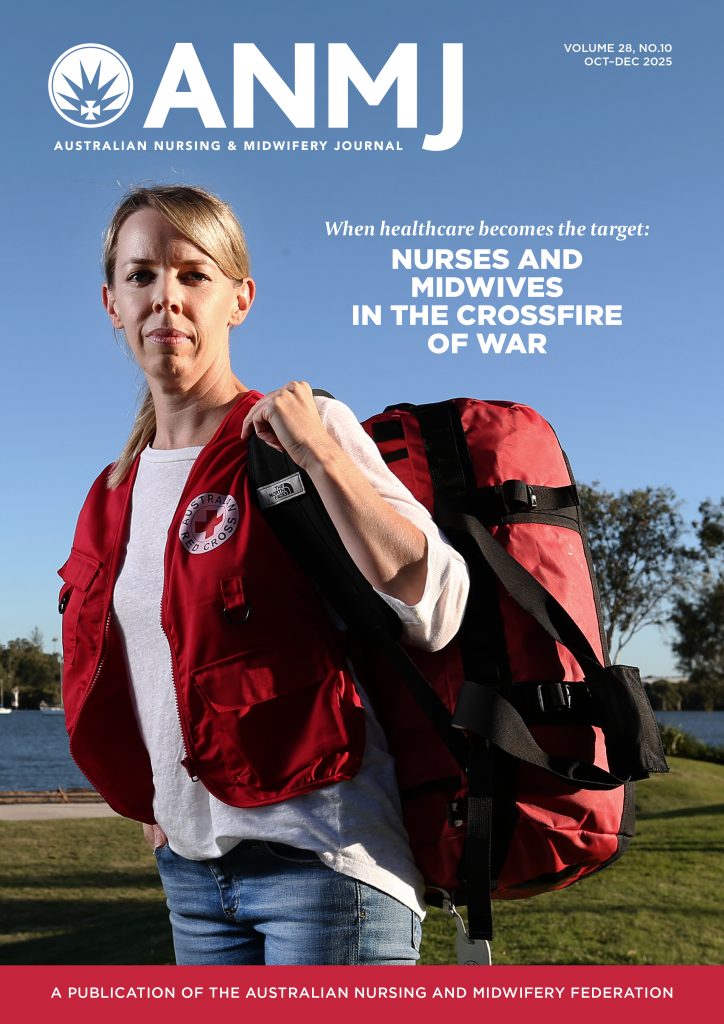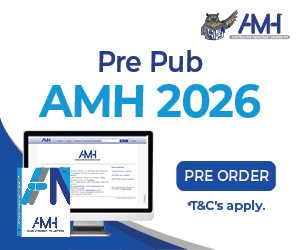Nurses and care workers account for a notable and likely underestimated proportion of COVID-19 infections and deaths around the world. This is likely to be underpinned by the fact that these workers provide more frequent direct care for people with COVID-19 exposing them to higher viral loads.
Further, many workers do not have access to a sufficient quantity and quality of personal protective equipment (PPE). Here, we discuss some of the evidence and policy behind the use of respirators for COVID-19 infection control – specifically ‘fit testing’ and ‘fit checking’.
PPE is one of the most contentious areas of debate regarding the ongoing COVID-19 pandemic. Shortages persist around the world, and strategies to conserve supplies have resulted in crisis-level responses such as reuse of non-recyclable items and authorisation of non-PPE grade equipment including fabric face coverings. Shortages have not been this severe in Australia however, access to, and the use of, PPE remains a concern for many. Elsewhere we have discussed the importance of evidence-based policy and practice regarding the use of PPE and have highlighted that inconsistent policy and training is likely to result in errors and potential contamination and infection (Peters, Marnie and Butler, 2020). As the pandemic continues, evidence regarding how COVID-19 spreads is continuously emerging. Earlier guidance which suggested the suitability of PPE for droplet and surface contamination has been updated to account for potential airborne transmission.
The move to widespread recommendations of airborne precautions in high-risk contexts includes substitution of medical/surgical masks for P2/N95 respirators. To effectively ensure the safety of the wearer, all PPE must be the correct size and fit for each individual. A larger person is unlikely to fit into a small pair of gloves and gown and similarly may not achieve a suitable fit/seal with an incorrectly sized respirator.
Fit testing is a formal, empirical process of ensuring that each wearer can identify a respirator that can achieve a proper, airtight seal over the mouth and nose. Manufacturers and many jurisdictions recommend fit testing as a necessary component of best-practice respiratory protection programs. Fit testing is carried out with a trained operator, uses validated quantitative and qualitative methods, and ideally involves testing of numerous PPE brands, models, and sizes to find the one/s that fit correctly. With a wide variety of respirators and an even wider variety of human shapes and sizes, this is an obvious practical issue particularly when stocks/supplies are low. If only one or two brands/sizes are available for testing, the chances of finding a properly fitting respirator for everyone is reduced. Further, some brands/sizes of respirator will never properly fit an individual person and achieve a proper seal. Fit testing also enables formal training in donning, using, and doffing respirators and is likely to facilitate improved infection control.
Because fit testing is periodic (Australian standards suggest annually), fit checking is also necessary to help ensure that a proper seal is achieved each time a respirator is donned. It is important to note however, that fit checking, as a subjective process, may not accurately detect leaks (Regli and von Ungern-Sternberg, 2020).
Fit testing establishes the range of suitable respirators that may be selected from for each individual worker and fit checking helps to ensure that a proper seal has been achieved each time the respirator is used. If a proper fit cannot be achieved – in either a test or check, a worker may be at risk and should not be made to work in contexts where a respirator would be recommended.
Despite the need for fit testing and checking which is clearly stated in pre-existing infection control guidelines (National Health and Medical Research Council and the Australian Commission on Safety and Quality in Healthcare, 2019) and referred to in the current Australian Government guidance (Australian Government, 2020a), guidance for health and aged care providers and workers appears to be inconclusive, particularly regarding the necessity of both fit testing and checking. Some guidance simply refers to existing challenges regarding the implementation of formal fit testing due to supply constraints (Australian Government, 2020b).
Both fit testing and checking contribute in different but linked ways towards the safeguarding of workers, and there are increasing calls to adopt both across the board. Keeping our health and aged care workers safe has never been more important, so ensuring access to a range of respirators and offering training on how to fit test and check for a proper seal is vital. While the direct, empirical evidence regarding fit testing and checking is somewhat limited, there are clear practical and pragmatic implications that come from ensuring staff, who are in direct contact with people with possible or confirmed COVID-19 infection, have access to the correct type and sizes of PPE they need to keep themselves, their patients, and loved ones safe.
References
Australian Government. 2020a. Guidance on the use of personal protective equipment (PPE) in hospitals during the COVID-19 outbreak. 31 July 2020. www.health.gov.au/resources/publications/guidance-on-the-use-of-personal-protective-equipment-ppe-in-hospitals-during-the-covid-19-outbreak
Australian Government. 2020b. The use of face masks and respirators in the context of COVID-19. 31 July 2020. www.health.gov.au/resources/publications/the-use-of-face-masks-and-respirators-in-the-context-of-covid-19
National Health and Medical Research Council and the Australian Commission on Safety and Quality in Healthcare. 2019. Australian Guidelines for the Prevention and Control of Infection in Healthcare. May 2019. www.nhmrc.gov.au/about-us/publications/australianguidelines-prevention-and-control-infection-healthcare-2019#block-views-block-file-attachments-contentblock-1
Peters MDJ, Marnie C, Butler A. 2020. Policies and procedures for personal protective equipment: Does inconsistency increase risk of contamination and infection? International Journal of Nursing Studies. [E-pub] https://doi.org/10.1016/j.ijnurstu.2020.103653
Regli A, von Ungern-Sternberg. 2020. Fit-testing of N95/P2-masks to protect health care workers. Medical Journal of Australia. [E-pub]. www.mja.com.au/journal/2020/fit-testing-n95p2-masks-protect-health-care-workers
AUTHORS
Dr Micah D J Peters is the Director of the ANMF National Policy Research Unit (Federal Office).
Mr Casey Marnie is a Research Assistant.
Both are based in the Rosemary Bryant AO Research Centre, UniSA Clinical and Health Sciences, University of South Australia.








